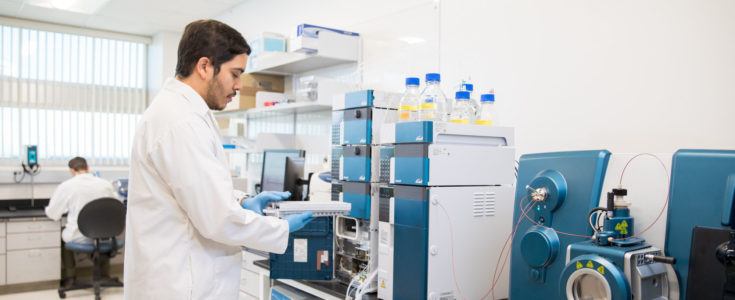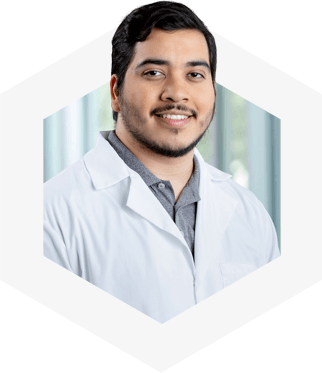
Ivy Blog
Staff Spotlight: Ernesto Luna Melendez
- July 19, 2021
- Ivy Center
- Posted in #IvyTeam


Job Title: Research Technician
Hometown: Torreón, Mexico
What made you want to work for the Ivy Brain Tumor Center?
The summer after I graduated from Arizona State University, I received an email from Dr. Shwetal Mehta. She was holding interviews for a research technician position in her lab. One of the last classes I took at ASU was all about the biology of cancer. I developed a keen interest in the mechanisms that allow the disease to evade treatment. After this class, I was looking for an opportunity to participate in cancer research and play a role in studying a disease that is very prevalent in my community. The Ivy Center and its mission of increasing life expectancy and contributing to a cure for malignant brain tumors presented me with this opportunity.
What does it mean to you to work for the Ivy Center?
Working at the Ivy Center means that I am part of a research community trying to find a cure for one of medicine’s greatest challenges. I want to be a neuro-oncologist in the future, and I want to be able to tell my patients that we have effective therapies that increase life expectancy and improve their quality of life. Working here means that I can be part of the effort that brings those therapies to the clinic.
What motivated you to get into the medical field, specifically research?
I grew up in a medically underserved community of immigrants. I have seen my fair share of diseases go untreated in friends and family. My lifelong goal has always been to provide healthcare to the most vulnerable communities and to the underserved who slip through the cracks of the healthcare system. One of the diseases that continues to devastate my community is cancer. Access to preventive and routine care is indispensable in the fight against this disease. Nevertheless, some cancers are more devastating than others and preventive care is not enough. This is where research is important and at the forefront of pioneering new solutions for better outcomes in the clinic. Over time, I also came to realize that the term “underserved” is not limited to socioeconomic status. A disease like glioblastoma can confer this status to a patient since it is a disease where medicine only provides a very limited therapeutic toolkit and minimally effective standard of care. A patient diagnosed with a cancer like glioblastoma is automatically at a disadvantage. Only research can improve this. My desire to serve the underserved includes brain tumor patients and means conducting research to change the status quo.
What is your favorite part about your job?
My favorite part of the job is having the opportunity to work with some exceptionally talented and motivated individuals. With their drive and dedication, my coworkers constantly push me to give it my best and continue learning on a daily basis. I learn something new from them every day. Whether I need to understand the kinetics of a new drug or the role of a specific protein in glioblastoma, there is always someone who is willing to share their knowledge.
What is it like to know that you’re playing an integral role in identifying new therapies that will contribute to a cure for brain cancer?
During the hustle and bustle of an average day in the lab, it is easy to forget that we are performing cutting-edge research. However, there are times when I get hit with a sudden realization that our efforts have a direct role in identifying a cure for brain cancer. I often run into brain tumor patients in the halls of the hospital and the clinic across the street, and that’s when it hits me all at once. There is an immense sense of responsibility coupled with a great motivation to give these patients the best chance at beating this disease.
What keeps you motivated when dealing with such a complex disease?
The patients. The patients that are battling, have battled, and will battle glioblastoma are my greatest motivation. Every time I look at glioblastoma cells under the microscope, I am reminded that these cells were derived from a unique individual — from a mother, father, sister, or brother… The cells I work with in the laboratory are the same cells responsible for turning a patient’s life upside down. Every result I produce on the bench, whether negative or positive, means that we are closer to fully understanding this complex disease and providing better solutions for our patients and their families.
